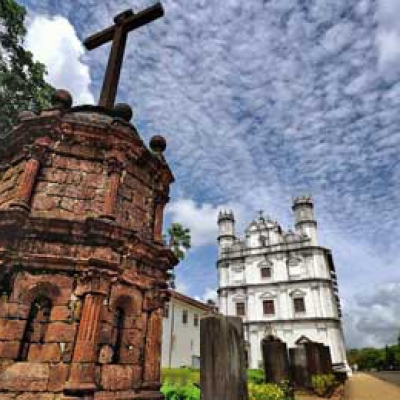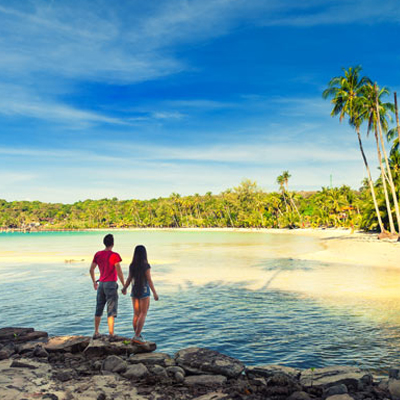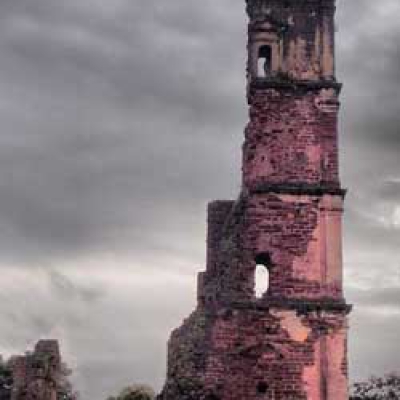
Heritage of Goa
The tiny Indian state of Goa has a big reputation and is one of the most popular regions for visitors from across India and around the world.
Over 450 years of Portuguese rule left a legacy which is rather different to other parts of India where the British influence was, and remains, more obvious. From the old buildings and historic charm of Old Goa to the busy markets scattered across the state, and of course the beaches, Goa is an iconic region of India and packs a lot into a small area.
Culture of Goa
Starting with the Sumerians, a number of powerful dynasties and empires ruled the present day region of Goa. Indo - Aryans, Dravidians, Mauryans and many other Hindu dynasties helped in the development of the state. After being ruled for short intervals by the Delhi Sultanate, Vijayanagara Empire and Bijapur rulers, the region was finally annexed by the Portuguese in the beginning of the 16th century. Today, the state has a roughly proportionate mix of Hindu and Catholic populations, which add to the culture of Goa in their respective ways.
Goa is renowned for splendid beaches which, outside of the monsoon season from June to early September, offer a sublime tropical seaside experience. Arjuna Beach in North Goa is particularly famous, known for its red cliffs, coconut plantations and attractive white sand. Arjuna is home to vibrant nightlife and outdoor parties. Nearby are flea markets and night bazaars. Other north Goan beaches include the quiet Arambol Beach and the crowded Baga Beach. Calangute Beach also has its own charm and is a regular host to the rave parties.
The most popular among the South Goa beaches is the Colva Beach with Agonda, Patnem and Palolem Beaches being smaller and a bit less busy. Many beaches in Goa offer water sports and adventure activities- jet skiing, water skiing, kite surfing, diving and parasailing are all possible.

Beaches in Goa
Goan cuisine is distinct from the rest of India due to the Portuguese influence and of course the prevalence of seafood. Old Goa is interesting as a place to stroll around with many delightful buildings demonstrating the influence of the Portuguese colonial period. Old Goa is dotted with many churches, museums and historical buildings and a walking tour is a great way to see these. Many of the convents and churches in Old Goa are listed as UNESCO World Heritage Sites.

Fort and Museums in Goa
In addition to those located in Old Goa, there are other Goan churches like the Church of Our Lady of Immaculate Conception and St. Augustine Church and Monastery are popular for exhibiting different architectural styles and colonial charm. The state also has many Hindu temples located in different cities. Another set of fabulous attractions in Goa is that of old forts including the 17th century Terekhol Fort and Chapora Fort.
Fort Aguda was built by the Portuguese and it is still in a well - maintained state. The lighthouse at the fort is one of its main highlights.
